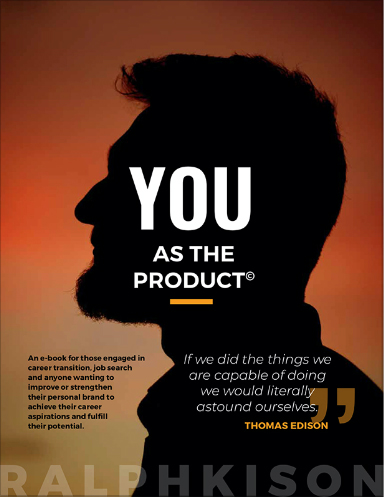If we are strong, our strength will speak for itself. If we are weak, words will be of no help.
– John F. Kennedy
In the previous two blogs I have provided some suggestions for improving the way you connect with your audience or clients by improving the quality and impact of your presentations. In this issue I am offering some more techniques for improving your effectiveness and impact as a presenter.
We know that our unconscious mind processes primarily in images, metaphors and symbols rather than in concrete terms or words. This is important insight if you want to do more than just present information and data to your audience. Your goal should be to have a conversation with the audience and engage their unconscious mind in order to touch and influence them at the deepest levels. That is what leads to action!
It’s less about what you say and more about what people hear. You should strive to combine nonverbal cues with your spoken words. If you are able to effectively make the audience aware of the potential for loss, or even pain, and the eventual gain or benefit relating to your solution or offering, you will make a stronger connection and build a personal bond and trust. Learn to use body language combined with a proven three point presentation model to construct emotional meaning around the words and images that you are creating.
7% of meaning is in the words that are spoken, 38% of meaning is paralinguistic (the way that the words are said) and 55% of meaning is in non-verbal communications.
–Dr. Albert Mehrabian
Step one – Present the facts
Present your audience with relevant facts or specific details and information. Statistics, research findings, survey results or even your own experiences increase your credibility and help you connect with the audience. Your facts should include a problem or situation your audience is facing or can relate to. Open with a statement of fact – “50% of all customers believe that product warranties don’t sufficiently protect the consumer. I have a solution, which I will present once you understand how serious the problem is.” The problem is unresolved at this point, and causes anticipation and suspension that will keep them engaged and attentive as you move through the next two steps.
Body Language Tip – Face the audience; keep your hands at the side of your body, palms open towards the audience. Make eye contact with everyone, control the volume of your voice, speak with a more serious and matter-of-fact tone of voice.
Step two – Show you care
Engage the audience by creating an emotional bond or personal connection to the problem. Discuss your desire to address and resolve the issue and minimize or eliminate the negative impact it has on the audience and the bad feelings it may be causing. Remember, people buy into the feelings once the facts and logic have been presented in a credible and objective manner. Ensure that your commitment and genuine interest in helping address the issue comes through. Tell them “I believe that consumers deserve more protection and better support from manufacturers. Therefore, I have made it my goal to become their advocate and fight for their rights”. This type of statement demonstrates your genuine concern, empathy and determination to make a difference. It also creates trust between you and the audience.
Body Language Tip – Move towards the audience, bring your hands up to waist level and use them to add emphasis and expression to what you are saying. Shift your body weight from one leg to the other. (Make sure you don’t look like you have your feet nailed to the floor or hands glued to the podium.) Continue making eye contact with everyone, add inflection and vary the volume of your voice.
Step three – Call for action
Inspire and motivate the audience to action by describing what can be achieved. Explain how you have been able to meet or exceed expectations by delivering above and beyond what others might normally achieve. Resolve the suspense both in terms of their physical and mental state by presenting a solution that connects with their head/logic, heart/emotion and gut/intuition. Show your passion and enthusiasm for the solution you are presenting. “By going to our web site and joining our network of customers demanding better support, you will help us become the national voice advocating on behalf of consumers seeking better warranties and manufacturers support.”
Research is confirming that 80 – 90% of the decision we make are based on emotions. We then use logic to justify our actions. Remember, the unconscious mind processes primarily in images, metaphors and symbols rather than in concrete terms or words. Align your body language with your words and to engage your clients or audience to support or select you!
Body Language Tip – Increase your level of excitement. Move around the front of the room, get closer to, or even move amongst the audience to demonstrate your connection with them and passion for the topic or cause. Bring your hands up to chest level and move them in a natural and more fluid manner. This will visually support what you are saying and add emphasis to your comments much in the same manner as a conductor who is bringing the best out of the orchestra. Show passion and enthusiasm in your face. Continue making eye contact with everyone, add inflection and vary the volume of your voice. You will actually be raising the heart and breathing rate, and blood pressure of the audience and be drawing them deeper into your presentation and creating a strong connection and bond.
I wrote a blog post back in October about how your voice can help you succeed, take a moment to read it as it will have tremendous impact on helping you present and connect with your clients’ heads, hearts and guts. https://www.kison.com//use-your-voice-wisely/


Recent Comments